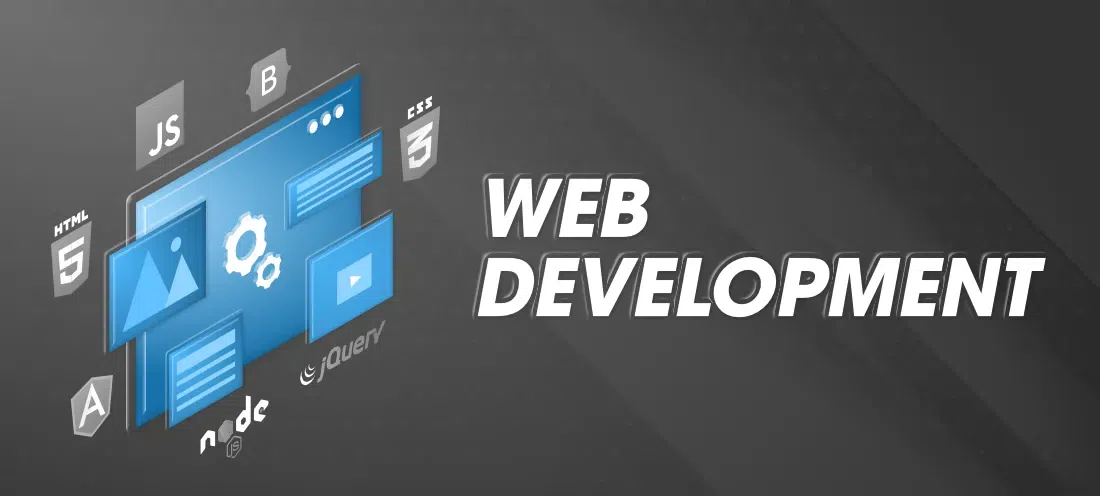Aligned Position Web Design: Building Responsive, Mobile-Friendly Websites for Modern Users
The Ideal Sorts Of Website Design to Boost Individual Experience and Engagement
In the ever-evolving landscape of electronic interaction, the performance of website design considerably influences customer experience and interaction. Numerous design approaches, such as minimal, receptive, and interactive designs, each offer unique benefits that can deal with diverse customer demands. Understanding which kinds of website design ideal serve these goals can be critical for businesses intending to enhance consumer contentment and retention. However, the question stays: which style elements absolutely reverberate with customers and foster meaningful engagement? The expedition of these principles reveals crucial insights that might redefine your method to website design.
Minimal Web Design
As digital landscapes become increasingly chaotic, minimal Web style has become an effective method to improving user experience. This layout ideology focuses on simpleness, focusing on essential elements while eliminating unnecessary diversions. By making use of sufficient white area, simple navigating, and a limited shade combination, minimalist design cultivates clarity and guides user interest to essential content.
The core concept of minimalist website design is to develop a seamless communication for customers. By lowering cognitive lots, users can quickly grasp information without really feeling bewildered. This direct method not just boosts usability but additionally motivates involvement, as site visitors are most likely to explore a site that is aesthetically enticing and very easy to navigate.
Furthermore, minimal layout usually highlights typography and images, using these components purposefully to share messages properly. This concentrate on vital elements can improve brand identification and produce a memorable individual experience. Essentially, minimalist website design is not just a trend; it is a thoughtful technique that identifies the relevance of user-centered layout. By stripping away additional elements, developers can develop a more appealing, efficient, and satisfying Web experience for all users.
Responsive Website Design
In today's varied electronic setting, receptive Web design has come to be crucial for producing a seamless individual experience across a plethora of gadgets. As customers gain access to web sites on smart devices, desktops, tablets, and laptop computers, the ability of a website to adapt its design and material to different screen dimensions and resolutions is vital.
Receptive Web design utilizes versatile grids, images, and CSS media inquiries to make sure that Web content exists efficiently, no matter the tool utilized. This method not only enhances the aesthetic allure of a website however also considerably enhances functionality. Users are most likely to involve with a website that offers a consistent experience, as it eliminates the stress of needing to focus or scroll exceedingly.
By embracing receptive style, services can enhance their exposure and reach a more comprehensive audience. In summary, responsive Web design is a fundamental practice that improves individual experience, engagement, and total fulfillment.
Interactive Website Design
Receptive Web design lays the foundation for improving user experience, yet interactive website design takes this an action further by engaging customers in an extra dynamic method - Aligned Position Web Design. By incorporating aspects such as computer animations, clickable prototypes, and real-time comments, interactive website design astounds customers, attracting them right into a richer browsing experience
This technique not just promotes involvement but additionally encourages customers to discover content proactively rather than passively eating it. Strategies such as gamification, where customers make rewards for completing tasks, can dramatically improve the moment spent on a website and boost total contentment. Moreover, interactive functions can streamline intricate info, making it a lot more digestible and enjoyable.

Integrating interactive design aspects can likewise result in higher conversion prices, as users are more probable to involve with a site that actively includes them. Aligned Position Web Design. Inevitably, interactive Web design changes individual experiences right into remarkable journeys, guaranteeing that visitors return time and once more
Flat Design
Characterized by its minimalistic technique, flat layout stresses simpleness and functionality, removing check away unnecessary elements and concentrating on essential functions. This layout viewpoint prioritizes usability, guaranteeing that users can browse user interfaces easily and efficiency. By utilizing a clean aesthetic, level layout removes the mess usually located in much more luxuriant styles, consequently enhancing customer emphasis on content and performance.
The hallmark of flat design depends on its use vibrant shades, easy typography, and geometric forms. These aspects add to a visually appealing interface that is both approachable and modern. In addition, flat style cultivates a sense of quality, permitting individuals to discern important actions and details without disturbance.
In addition, flat style is especially effective in look at these guys responsive Web layout, as its simpleness converts well throughout different devices and display dimensions. By concentrating on vital attributes, flat design not just fulfills user needs but additionally encourages smooth interaction, making it an essential element of effective Web design methods.
Flexible Website Design
Flexible website design personalizes the user experience by developing numerous fixed layouts customized to different display dimensions and devices. Unlike receptive design, which fluidly readjusts a single design, adaptive design utilizes distinctive layouts for certain breakpoints, making certain optimal presentation on different systems. This method enables designers to concentrate on the unique attributes of each device, improving use by delivering specifically what customers need based on their context.
Among the key benefits of adaptive Web layout is its capability to enhance load times and efficiency. By offering tailored content and photos that fit the user's device, web sites can minimize information use and improve loading speeds. This is particularly advantageous for individuals with slower links or minimal information strategies.

Furthermore, adaptive layout assists in a much more constant and controlled branding experience. Considering that developers create numerous layouts, they can make certain that the aesthetic components straighten with the brand's identification across different systems - Aligned Position Web Design. This results in a natural individual experience, improving involvement and promoting customer retention
Conclusion
Finally, the integration of minimal, receptive, and interactive Web design principles significantly enhances customer experience and involvement. Minimal design fosters quality and emphasis, while receptive layout makes certain flexibility throughout various gadgets, my website promoting access. Interactive layout mesmerizes users with vibrant aspects, urging exploration and personalization. Jointly, these style comes close to contribute to the production of straightforward settings that not just improve satisfaction but additionally drive higher conversion prices, emphasizing their vital importance in contemporary website design approaches.

Minimal layout promotes quality and emphasis, while receptive design makes sure adaptability throughout different tools, promoting accessibility. Collectively, these design comes close to add to the production of easy to use environments that not just enhance contentment however also drive higher conversion rates, emphasizing their critical value in modern Web layout approaches.